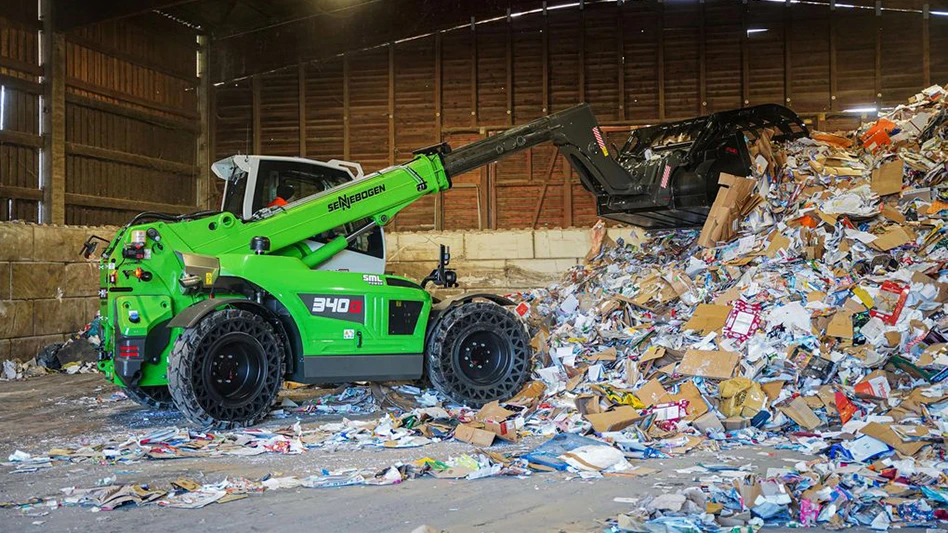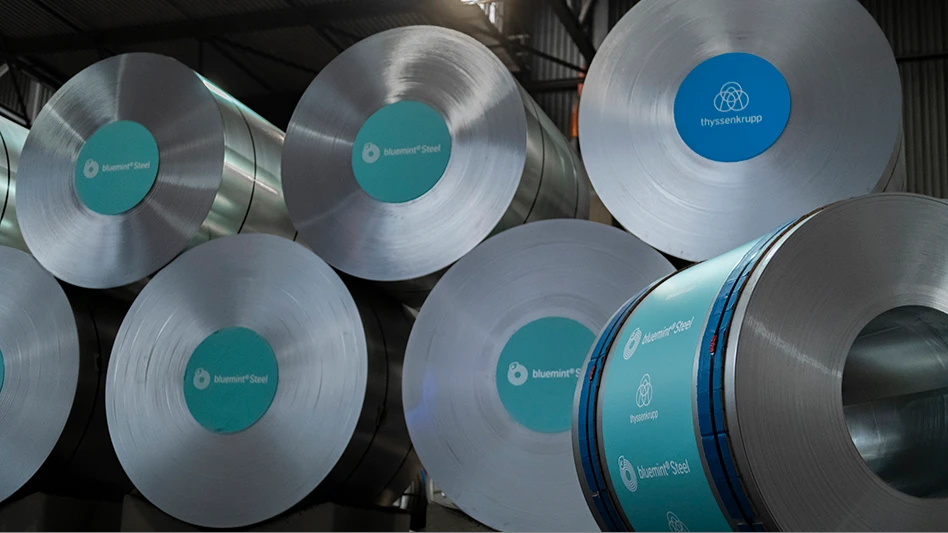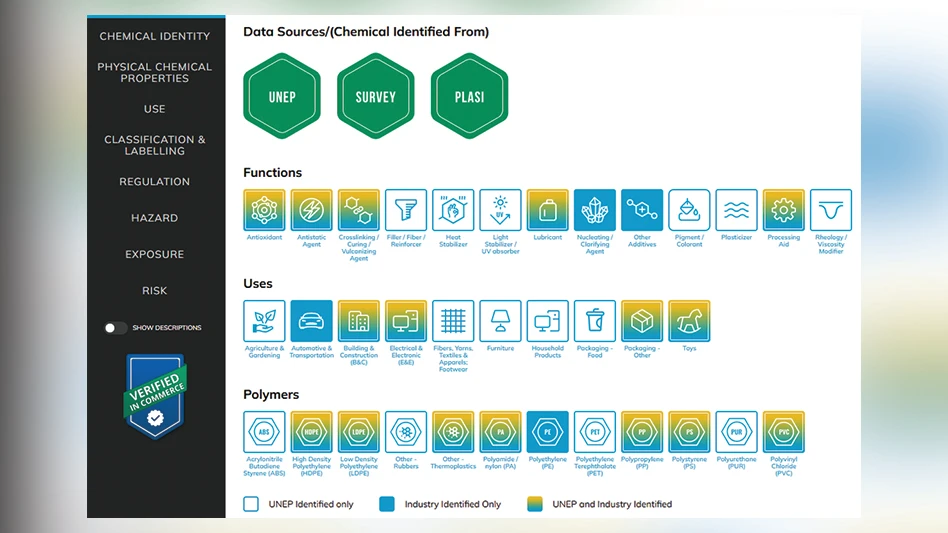Copper scrap markets continue to slump, falling nearly 30 percent from the high seen in early 2011.
The lack of buying from China, the world's largest consumer of copper scrap, is the reason behind the decline. China has been the beacon of hope for many scrap dealers in recent years. More recently, however, exporters find these same markets closed to new purchases. In addition, container shipments of copper scrap, as well as those of other commodities, are being held up by customs agents at ports in southern China.
One large exporter says he has 100 containers tied up at Chinese ports for a number of reasons, including differences in duty charges and an alleged lack of grade consistency. The exporter says Chinese customs agents claim that mixed loads of scrap metal fail to meet criteria for a clean container load.
 *Average monthly settlement price, cash buyer; U.S. dollars per metric ton. Source: London Metal Exchange, www.lme.com *Average monthly settlement price, cash buyer; U.S. dollars per metric ton. Source: London Metal Exchange, www.lme.com |
Reflecting the slowdown in copper scrap shipments into China, prices continue to decline, with one source saying October prices are near $3.30 per pound on the Chicago COMEX. This is a significant decline from a few months ago, when prices for the metal were near $4 per pound.
The Wall Street Journal reports that, during the recently concluded International Copper Study Group meeting in Lisbon, Portugal, the deputy director for the Copper Department for the China Nonferrous Metals Industry Association announced China had nearly 2 million metric tons of copper scrap in inventory at the end of 2010.
This previously unmentioned inventory figure is not a surprise to many recyclers, however, who have suspected that China was building its inventory of the metal. However, it does confirm that inventories are far greater than what has been reported previously.
According to several recyclers, China is not likely to aggressively re-enter the market for more copper scrap during the next several months. A Midwestern scrap processor says copper markets will likely be challenging through the rest of 2011 and the first quarter of 2012.
Aluminum markets also are seeing some challenges, though several dealers say markets are not as difficult as those for copper. Domestic demand remains stable to strong. Despite modest price declines, most vendors say they are not having difficulties moving material.
Nonferrous metals markets are being affected by a number of macro-economic issues. During the Institute of Scrap Recycling Industries Inc. (ISRI) Commodity Roundtables in late September, several speakers listed a number of economic indicators that would pose challenges for secondary metals. Jason Schenker of Prestige Economics, Austin, Texas, said that while copper growth remained solid globally, there were inflationary pressures that were not likely to ease in the near term.
On the domestic front, Schenker added that while there are fewer ingot makers and copper foundries than there were two years ago, they are in healthier shape than in the past.
A promising sign for exporters could be the return of the Japanese market, as the country looks to rebuild from the earthquake and tsunami earlier this year. Several speakers said that during the next 12 to 18 months, this demand from Japan should help markets for secondary metals.
Bruce Jasiewicz with the steel service center O'Neal Steel, Birmingham, Ala., said nickel/stainless markets had a fairly promising long-term outlook. He said activity in the power generation and petrochemical sectors could help strengthen nickel and stainless metals markets, contributing to 5 to 10 percent growth in the next decade.
While promising, in the shorter term, stainless and nickel markets will be challenged, another speaker contended. Mark Parr with KeyBanc Capital Markets, Cleveland, said supply had caught up with demand and nickel could remain fairly soft through the fall and into the winter.
Also speaking at the nickel/stainless roundtable, Frank Santoro with Rochester, Pa.-based Cronimet USA, displayed caution, noting that there was more supply than demand for stainless steel currently. Production was slow, but there was still movement of scrap material, he added.
A number of roundtable attendees said consolidation and closures in the stainless steel industry, both in the U.S. and Europe, were likely to accelerate.
(More information on nonferrous metal markets, including consuming industry reports and breaking news, is available at www.RecyclingToday.com.)

Explore the November 2011 Issue
Check out more from this issue and find your next story to read.
Latest from Recycling Today
- Harsco brands slag-content asphalt as SteelPhalt
- ArcelorMittal puts French EAF conversions on hold
- Associations ask for effective EPR to drive textile circularity in Europe
- GESA report claims 72 countries recycled EPS in 2023
- Report: Saica exploring recycled paper mill project in Dayton, Ohio
- Hydro’s Alumetal to meet 15 percent of its energy demands through solar
- CSA Group publishes standard defining plastics recycling in Canada
- Second Cyclyx Circularity Center to be located near Fort Worth, Texas





